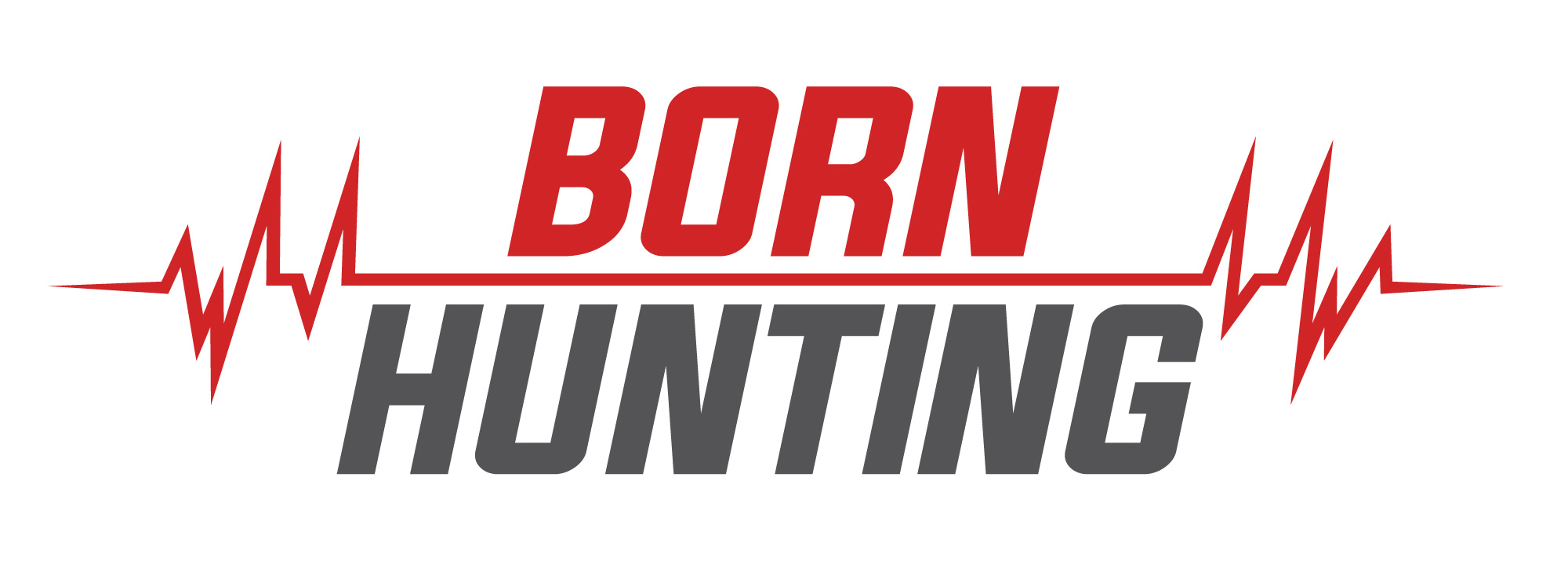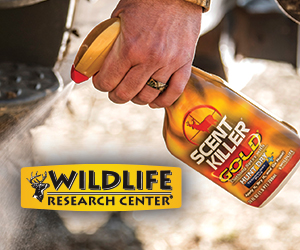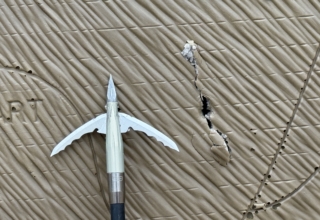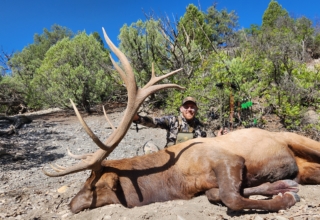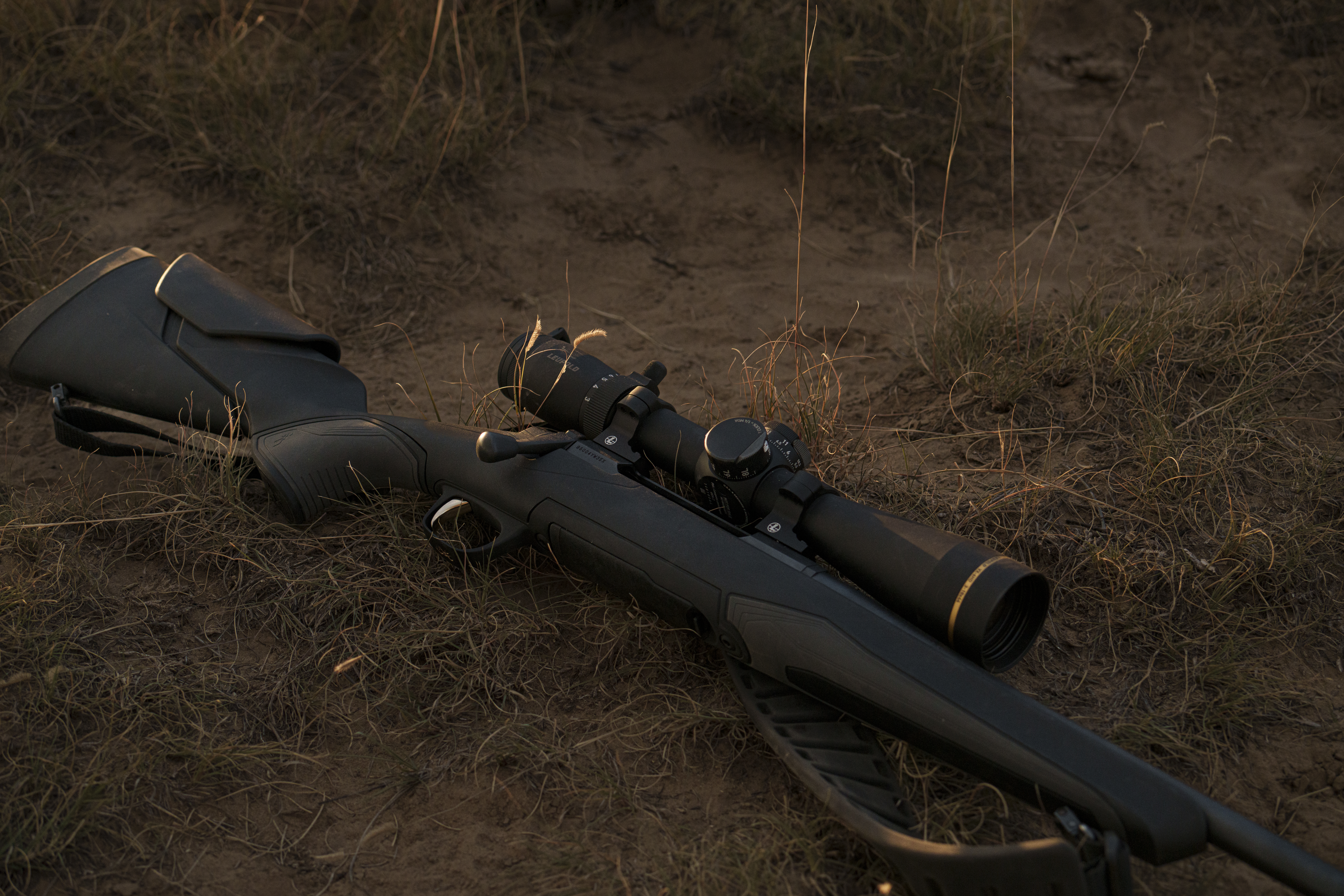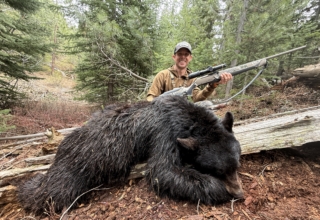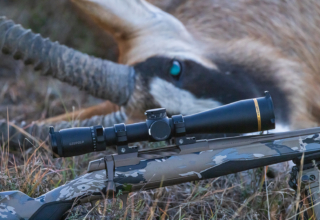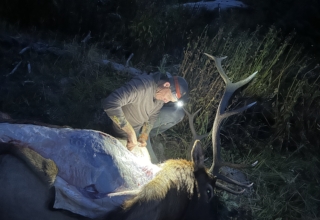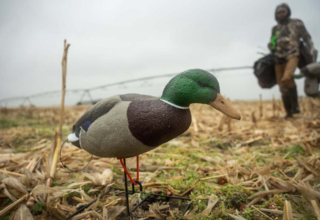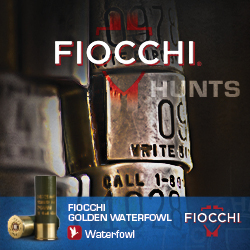The best phase of the whitetail rut is upon us. Remember these three rut tactics and boost your chances of running carbon through a shooter buck.
Jace Bauserman
November is days away, which means one of the most coveted phases of the whitetail rut is about to break loose. Like many of you, I look forward the rut’s Chase Phase greatly. However, in my opinion, due to unpredictable chaos, it is one of the rut’s most difficult phases. Patterns dissolve and hotspots can turn ice cold over night. Bucks wander more, meaning there’s a better chance of another bowhunter bagging that brute you’ve been banking on. Not to mention, your one chance at a trophy buck may be you making the “mrrruuump, mrrruuump, mrrruuump” sound at the top of your lungs, trying to get the buck to stop chasing the doe that just shot by your stand.
Still, this is the rut’s most exciting phase, and if you heed the to-come advice, I believe you’ll get that opportunity you’ve been longing for.
Water, Water, & Water
On average, a mature whitetail buck consumes between 3 and 5 quarts of water per day, and according to research, drinking sessions are typically spread out throughout the day. When the rut’s most exciting phase (Chase Phase) hits, bucks will ignore food but stop to slake their thirst regularly.
What does this mean for you?
Know where all available water sources are and install trail cameras to monitor activity. My trail cam studies and in-the-field monitoring show that whitetails, especially bucks, prefer to drink from a non-flowing water source like a pond, stock tank, etc. It also helps if the water source is near bedding and surrounded by cover so the deer don’t have to drink out in the open.
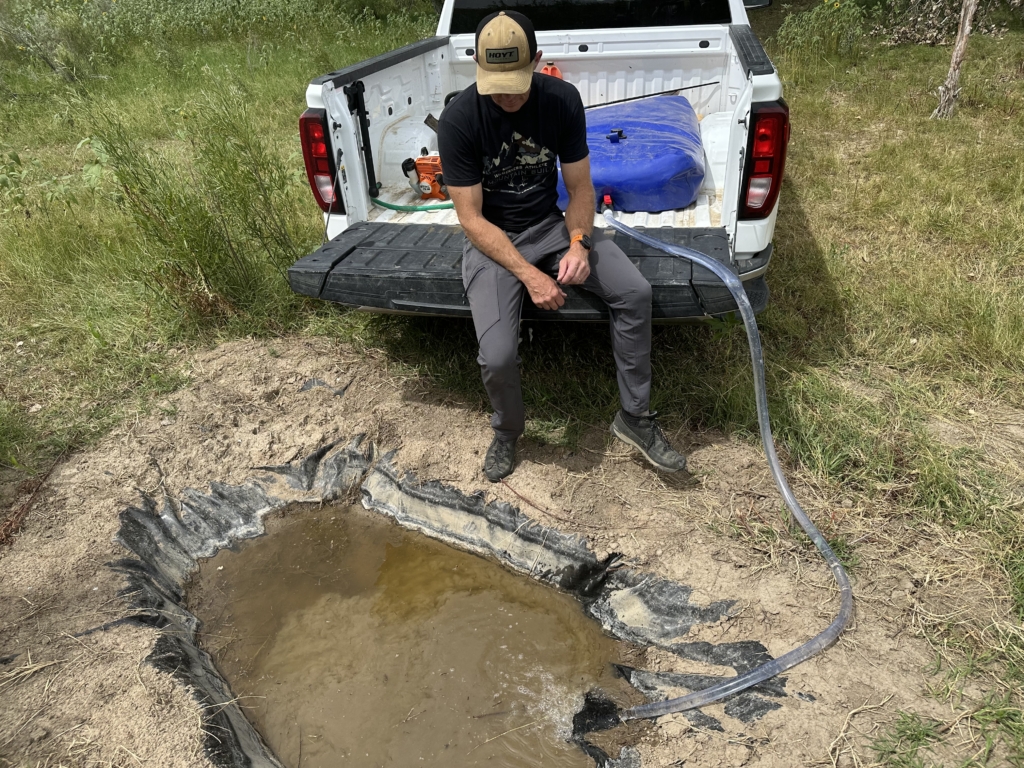
Waterways such as canals, rivers, streams, and creeks funnel whitetail movement. Bucks love to travel the downwind side of waterways, scent-checking doe bedding areas. Waterways typically offer a combination of dense and sparse cover, and because rivers have a defined path, learning where you need to be to intercept a traveling buck is simplified.
Waterways also offer bedding security. Whether it be a heavy marsh or swamp close to a river or creek or a bend in a waterway where bucks can bed out on the U-shaped end of the bend, bucks love to bed along waterways.
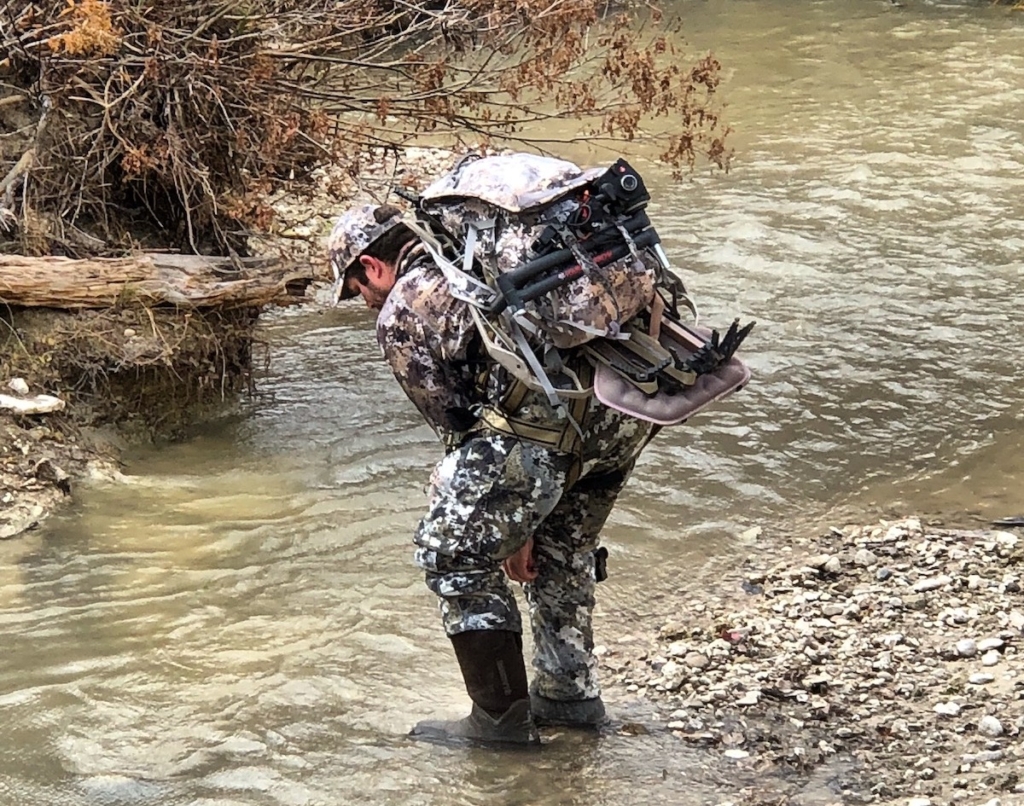
Why?
Cover is available, and when they bed toward the end of a U-shaped bend, they can stay cool, and they know most predators won’t make a water approach. This factor alone lets them rest more comfortably.
What Do You Do?
Use your trail camera recon and your knowledge of the area to get near a likely whitetail refreshment stand, or find a funnel along the waterway with a heavy-pounded trail and get 20 feet up. Oh, and don’t forget about the big U-shaped bedding areas. Press in close to prime bedding, and good things can happen.
Sweeten The Pot & Make ‘Em Stop
Bucks love to rub. Though rubbing may not be as frequent or patternable as pre-Chase Phase, bucks still stop and thrash trees and brush. They still need to work off aggression and mark territory.
One of the most complex parts of the Chase Phase is the chase. How often have you had Mr. Big run a doe past your stand at warp speed? How often have you had a cruising buck walking quickly toward your location, only to run through your shooting lane at the last moment?
A cedar (or other aromatic wood) post can improve almost any stand site. The process is quick and easy. Thinking about where the post will sit before grabbing a shovel or post-hole digger and moving dirt is necessary. Climb up in your treestand or get in your ground blind and look at how the land lays and where your best shot opportunity will likely be. The post is going in so you can put a buck right where you want him for a shot, so put it exactly where you want it.

I cut my posts around seven feet, dig a hole twice as wide as the trunk’s diameter, and bury it three feet deep. Now, this part is essential. You don’t need Quickrete to fill the hole, but you must take your time and use a combination of dirt and water. Start by adding about 12 inches of soil, then use a heavy iron tamper to smash the soil around the base of the cedar post.
Next, add a little water. Give the water time to mix with the dirt, soak up, and dry a bit. Then, add another layer of soil, tamp, and water, and repeat the process until the hole is filled with dirt and the post is set in the ground hard. Whitetail bucks are big and aggressive and go to war on these posts. If your post isn’t ultra-solid in the ground, bucks will push it over and become useless.
Once the post is in the ground, take a saw and rake it to expose the cedar scent. You’ve got a signing post in close proximity to your shooting position. Bucks, especially during this time of year, typically can’t help stopping for a moment (unless they’re hot on the heels of a doe) and hammering an aromatic post. Plus, you’re improving your whitetail area by adding a simple object that will bring more bucks by your stand each year.
Don’t Be Scared
I’ve seen whitetail hunters go mad. I wish I was joking, but I know many who overthink the how, when, where, and why so terribly that I honestly believe that something they once loved so much becomes something that causes fear and anxiety. I never want to allow myself to get that way.
So, how exactly can you overthink it? There are many ways, but the one I see most often is being scared to hunt a deer. When you start making every excuse under the sun about why you shouldn’t go in and hunt a particular deer, you’re overthinking it. He’s just a deer, and you should enjoy the pursuit.
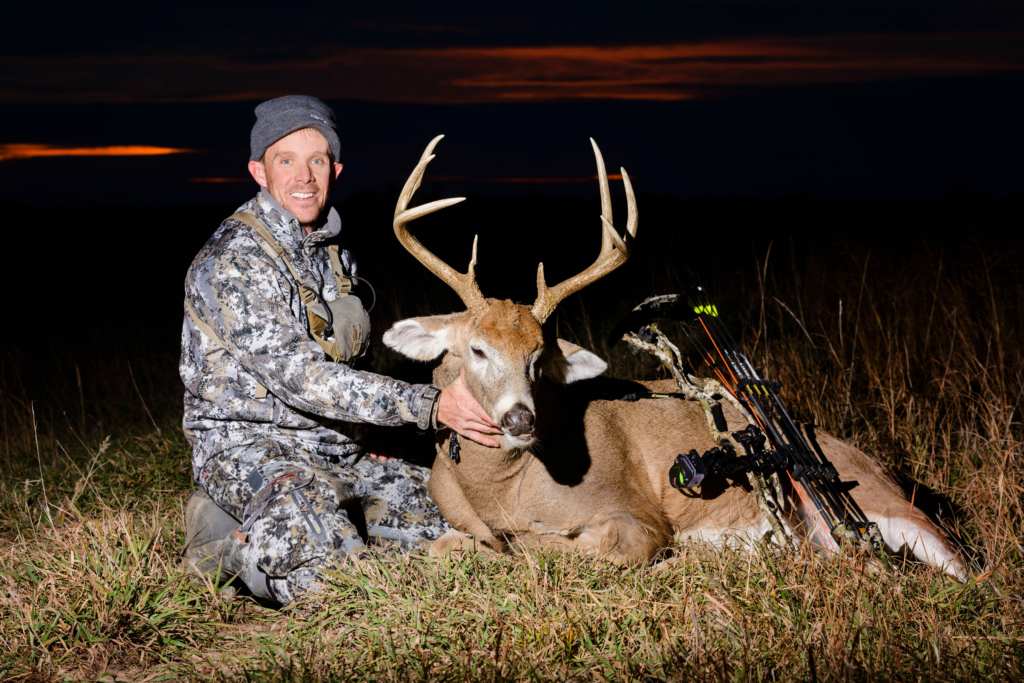
Another overthinking scenario, and I’ve been guilty of this one, is bumping your target buck. Bumping is a general term for alerting a deer to your presence. This means the buck could wind you, see you in your stand, or you could bump him walking to and from your stand. We can also throw missing your target buck or one of your target bucks into the “bumping” category.
While none of the scenarios mentioned above are what we want, they do happen, and when they do, it becomes all about how we handle the encounter.
The Power Of The Rut
Here are some examples.
Several years ago, while hunting a stretch of private land along Colorado’s Purgatoire River, I spied the buck I’d been waiting all season to see — a 170-plus-inch gagger.
The rut was in full swing, and after chasing a doe across the river, the buck came back an hour later from a terrible direction. My wind was blowing directly at him, and he stopped in the middle of the river, blew, and then exploded into the brush.
I was devastated and was sure I’d never see the buck again. The next afternoon, sitting in the same stand I’d sat when the buck winded me, he walked under my buddy’s stand 70 yards away. The buck caught my bowhunting brother by surprise, and he ended up backstrapping him. That buck scored 195 inches. No, the backstrap hit didn’t do him in, but during the second rifle split, less than 200 yards from the encounters my bowhunting buddy and I had with the buck, a rifle hunter put lead where it was supposed to go.
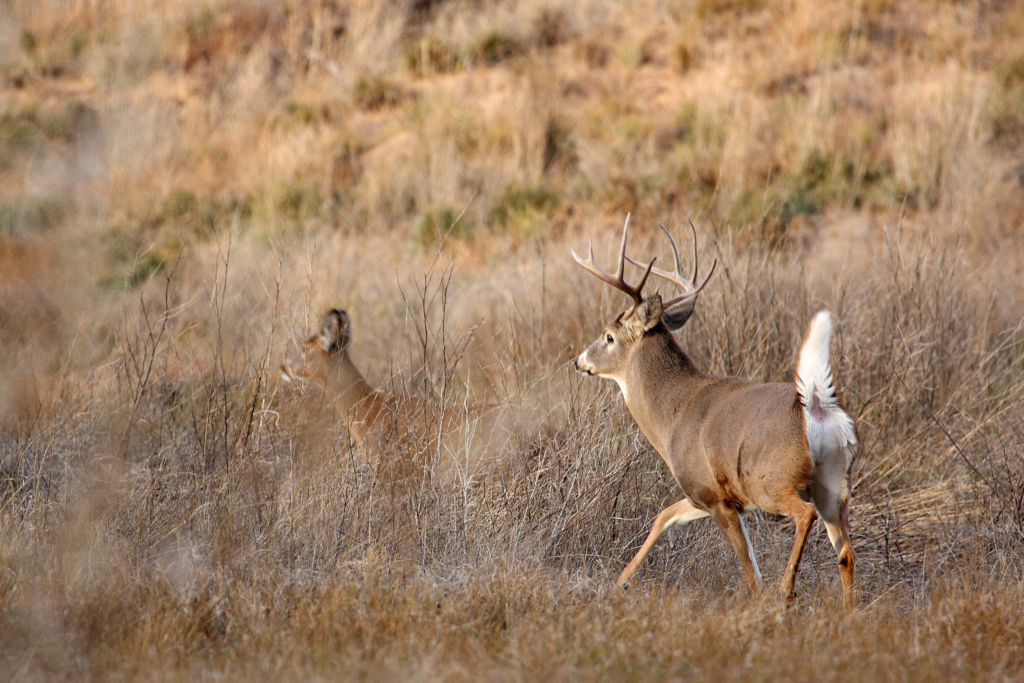
This is a painful story, but it’s important to remember that if you miss a buck, or worse, wound one, it still doesn’t mean your chances at harvesting him are over.
Last season, a friend in Nebraska hit his number one buck in the neck. Based on the trail camera photos, he missed the deer’s jugular by an inch. After a long tracking job, the crew gave up searching when the buck reappeared on a trail camera chasing a doe less than 24 hours after the shot.
I’m not saying that bucks don’t disappear occasionally after a negative encounter. However, often, you’re not out of the game. Keep going, and good things tend to happen.
